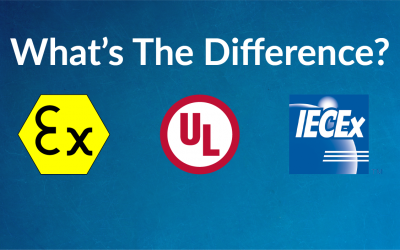What is CTCSS?
Since CTCSS was introduced onto the UHF CB there are lots of misunderstandings and factually incorrect information about CTCSS.
CTCSS (Continuous Tone Coded Squelch System) actually came from the land of commercial radios where it has been in use for many years. Now we have the ability to make use of it on UHF CB also. Most new UHF CB radios have some support for CTCSS. HF CB’s do not support CTCSS and there is no provision for it on the HF band in the class license.
What is CTCSS?
Well in technical terms, CTCSS could not be simpler. It is nothing more than an audio tone that is added by the CB to your voice transmission. This audio tone, which is generated by the CB (when CTCSS is turned on) generally ranges from between 67Hz to 254Hz. The exact audio frequency of the tone will depend on what the CB user has set their CTCSS tone to. The key point to remember here is the ONLY thing CTCSS does to the actual transmission is to add an audio tone. It does not scramble or encode the transmission in ANY way. Any CB or Scanner can still receive and demodulate your transmission in the normal way.
These audio tones are sometimes referred to as a “sub audible” tones. However this is not actually true as they are audible and can often be heard accompanying commercial transmissions if your scanner or CB has a good clean audio output (and you have good ears). Really it just sounds like a low frequency hum in the background and could even be mistaken for power supply hum.
What is the use of having this extra tone added to your transmission?
Well it is at the receiving end of the business that this tone may come into play. A CB enabled with CTCSS can be setup to only receive transmissions that are accompanied by a particular CTCSS tone. This can enable two or more CB’s, setup with the same CTCSS tone, to communicate on a channel and never hear any other transmissions that may come across the channel. The receiving CB will only open its “squelch gate” if the signal it is receiving is accompanied by the correct CTCSS tone, otherwise the CB remains silent. This is why CTCSS is referred to as a “Squelch System”. It is NOT a Selective Calling system (Selcall) as a lot of people assume but rather an extension of the normal squelching system.
With this in mind, a CTCSS tone can be thought of like a “squelch key”. If you have the right ”key” sent with your transmission, it will “unlock” the squelch of the CTCSS-enabled receiving radio and the operator will hear your transmission. In the case of CTCSS, the “key” is nothing more than a humble audio tone at a very specific frequency.
Does CTCSS Offer Privacy?
The answer to this is a resounding NO, as mentioned above, CTCSS simply adds a tone to your transmission and nothing more. The only reason privacy is sometimes mentioned in marketing material, is because when using CTCSS between two radios it can be like having a “private” channel. This is because you will not hear any other traffic on the channel other than the transmissions from the other CTCSS radios setup with the same tone. However everyone else on the channel will be able to hear you as normal but they would not be able to “break in” on you unless they had a CTCSS CB and set it up to the same tone as you were using. So it is nothing like a private channel and it is quite incorrect to call anything about CTCSS “private”.
So what are the limitations of CTCSS?
Well there are many and for a large majority of UHF CB stations, CTCSS will be of little use. For starters there are only 50 odd tones (or less depending on the radio) and as more people use CTCSS, the chance of two groups of radios using the same tone increases. However more importantly, many new scanners like the Uniden UBC780XLT, can actually report what CTCSS tone (if any) is being used on a transmission. Therefore a nuisance operator armed with a high powered CTCSS enabled transceiver and a scanner like the 780 would be able to “break in” on your so-called “private” conversation within a matter of a few seconds of you transmitting.
In addition, CTCSS does not give you immunity to stations going “over the top” of you if they can out-power the station you are communicating with. Providing they can get “over the top” of the other station, they will obliterate that station’s transmission and thus the accompanying CTCSS tone. The receiving station’s squelch circuit would simply close back down again because it cannot “hear” the correct tone any more. So whilst CTCSS might prevent you from hearing what the nuisance station was saying (providing they had not discovered your CTCSS tone), it would also prevent communications with the other CTCSS station as well. So it is no prevention against determined channel jammers.
For this reason, the supposed channel “sharing” ability of CTCSS is really only very limited. Whilst channels can be shared in a limited way using CTCSS, it can really only occur in the true sense when the “groups” of CTCSS radios are some distance apart to prevent the above from occurring.
So in conclusion, the main points about CTCSS to remember are as follows:
- CTCSS is NOT selcall, but rather an additional feature of the normal squelch system.
- CTCSS does not offer any “privacy”, it only filters which transmissions a CB will “un-squelch” for, but everybody in non-CTCSS land can still hear you, whether you want them to or not.
- CTCSS is a limited aid in sharing channels but the FM capture effect still applies, and the more “powerful” station (either by RF output or proximity) will still win at the end of the day.
- CTCSS is nothing more than an audio tone that is mixed in with your voice on transmission.



0 Comments